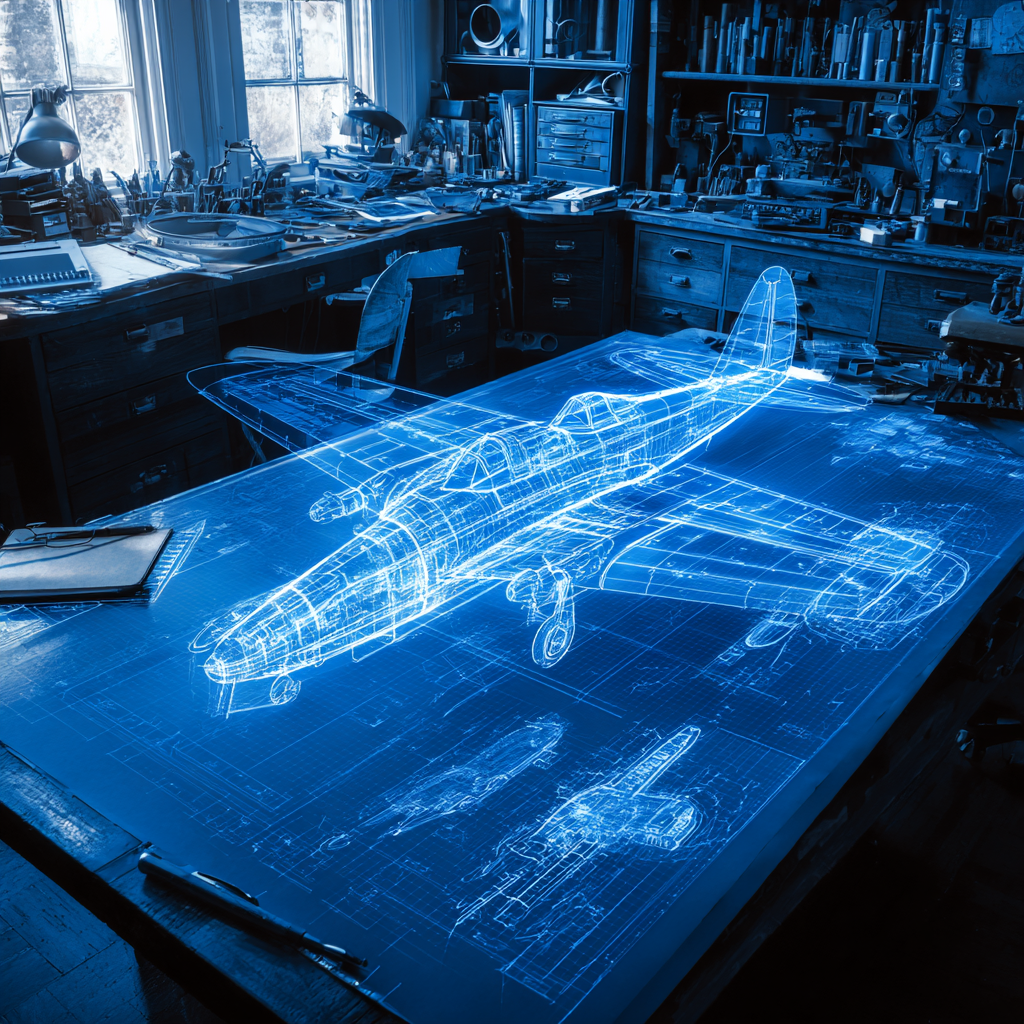Large Format Scanning — What You Need to Know

Large format scanning is used across industries and applications to digitize legacy drawings. With our outsourced large format scanning, you can digitize all of your cabinets filled with drawings, and you can pull up drawings with a click of a mouse. This simple difference can save hours and avoid needless headaches.
In this quick guide, we’ll teach you the basics of large format scanning. You’ll learn what it is, how it works, why so many companies scan their large format drawings, and how you can start digitizing your large format drawings today. Our experts at CAD/CAM Services have been digitizing large format drawings for decades, so we know a thing or two about this industry.
What Is Large Format Scanning?
Large format scanning is the process of digitally uploading physical drawings that are larger than 8.5” x 11”. For engineers and architects, this means building layouts, blueprints, plans, manufacturing drawings, and 2D CAD printouts.
The best way to digitize these physical prints is through a “large format scanner”, which works similarly to a desktop printer and scanner, but it’s larger. We have scanners that can handle documents up to 60” wide, which is big enough to handle most prints.
To scan a document, you would feed the physical document through the large-format scanner and allow the rollers to grab and move your document. The scanner uses cameras to take pictures of the file, stitches the pictures together, and generates a digital copy of your physical document. The file is typically emailed or saved on a flash drive.
Once digitized, you can open the digital copy of your drawing from a computer whenever you want to.
Why Companies Scan Their Large Format Documents
There are basically a million reasons to scan your large documents and create digital copies.
- Clear up floor space. The biggest benefit is that you can get rid of your storage room filled with old Mylar drawings and massive blueprints. You can turn a million physical drawings into files that can fit onto a single flash drive.
- Easier to share, edit, and find drawings. With a thought-out file structure, you can create folders on your server that can be easily edited and searched by people on your team. When you need to share a drawing with the sales department or send a drawing for quote, you’ll save a ton of time if your files are already digitized.
- Avoid damage to physical prints. Old drawings are especially delicate. By digitizing, you can avoid damage that might happen from a flood, fire, coffee spill, or someone clumsy.
- No more missing drawings. How many times have you spent hours looking for a drawing in your backroom to no avail, only to find it on a sales guy’s desk? We know how easy it is for drawings to go missing or get lent to someone and forgotten about. With scanned large format drawings, everyone in the company can open the drawing at the same time without impacting anyone else.
Should You Get Your Own Large Format Scanner?
If you’re sold and you want to start scanning your large format drawings, the logical next question is whether or not you should get your own large format scanner. For some people, it’s a great idea — however, for most companies the better option is to outsource your 2D scanning projects.
First off, large format scanners are really expensive. We sell a collection of Contex scanners, which are the best of the best on the market, but they aren’t cheap. The next problem is that you have to staff the scanner. Whether it’s an engineer, an admin, or an intern, you’ll need someone to physically feed each drawing into the scanner, scan it, and save it appropriately.
A lot of these scanners are intuitive to use, but it takes time and attention that a lot of companies don’t want to deal with. Instead of working on other projects, your employee will be stuck next to a scanner for days on end.
Finally, these scanners have long-term maintenance that you need to worry about. Not to mention things that can go wrong during standard operation.
For all of these reasons, we typically suggest outsourcing your 2D scanning projects through our team at CAD/CAM Services. We utilize our expensive 2D scanners, our trained staff, and our knowledge of this technology to give you the best results. We also use additional Contex software that cleans up and optimizes every 2D scan to make the results even better.
With that said, please reach out to us if you still want to purchase your own large format scanner and we’ll set you up with the right Contex scanner for your needs. Check out our current Contex promotions to save the most money possible.
Conclusion
As you just learned, outsourcing your large format scanning needs through CAD/CAM Services can save you time and money. Our team is happy to scan a dozen or a million drawings on your behalf, and we can help set up the folder naming convention to help you easily find drawings in the future. With our expert team and high-tech scanners, you can get faster results at a fraction of the cost.
The best part? You don’t have to deal with physical drawings again after our team helps digitize your whole backroom. Get a free quote today.
Recent Posts


Tips for Picking the Perfect 3D CAD Viewer for Your Needs
This guide will teach you about 3D CAD viewers and outline considerations to make before picking the right one. We review 5 options and pick a clear winner.

In this guide, you’ll learn how CAD/CAM Services can save you time and money during each digitization project. Digitization can make manufacturing faster than ever before.

How to Build an Aircraft Model by Converting 3D-Scanned STL Files into Functional 3D STEP Files
This in-depth guide will teach engineers how to use 3D-scanned aircraft files and transform them into manufacturable 3D STEP files with fewer mistakes.
